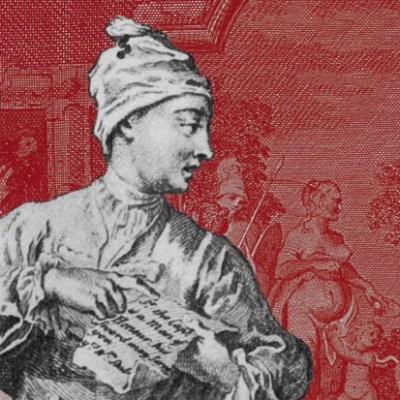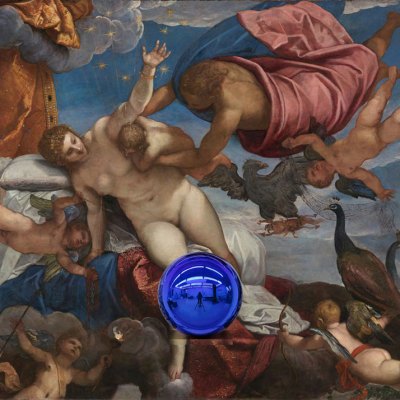The Centre Pompidou is coming to Brussels. The plan, to open a new outpost in the Belgian capital by 2020, forms part of the institution’s wider international expansion project (the Pompidou Málaga opened last year, and in April it was reported that branches were also planned for Seoul and China). But what does the city of Brussels stand to gain from hosting the collection?
The Pompidou is filling a vacancy that has existed in Brussels for several years, and its arrival deepens an ongoing argument over the place of modern and contemporary art in the city. In contrast, the fact that it is a French institution seems to be of little consequence. This may surprise those familiar with Belgian cultural politics and the division between French and Dutch-speaking communities.
The Brussels-Capital regional government announced its intention to set up a modern art museum in 2013. Its aim was to bring a cultural dimension to regeneration plans for former industrial neighbourhoods either side of the city’s canal.
Modern art was chosen for its tourism potential, and Rudi Vervoort, the minister-president of Brussels-Capital, talked early on of Brussels getting its MoMA or Guggenheim (although not its Pompidou).
He hoped – perhaps even expected – to fill the museum’s halls by drawing on the collections of the Royal Museums of Fine Arts of Belgium. This venerable Brussels institution has an extensive holding of modern and contemporary art, most of which has been in storage since dedicated galleries were closed in 2011, making way for a fin de siècle museum.
Apart from around 200 works by Belgian surrealist René Magritte, which were granted their own wing in 2009, modern art from the collection is seen only in temporary exhibitions. So, for the past five years, the Belgian capital has had no museum of modern art, although busy collectionless institutions such as Wiels and Bozar go a long way to fill the gap.
A homeless collection and an empty museum should be an ideal match, but for the fact that Brussels-Capital has no control over the Royal Museums. They are run by the federal government, and the minister responsible, Elke Sleurs, has long made it clear that there will be no collaboration.
‘From the outset my intention has been re-install the modern art collection in the Royal Museums of Fine Arts,’ she told a federal parliament committee in February. ‘Modern art cannot be separated from the older art from which it flows. The federal collections will be kept together.’ Planned work on existing museums should allow that to happen.
Meanwhile speculation that the Belfius bank might lend some of the 4,300 works in its Brussels collection ended when it opened its own exhibition space in 2015.
Determined to go ahead regardless, Brussels-Capital needed a major foreign partner to help it create the museum. It bought the building – offices and an Art Deco car showroom belonging to Citroën – in October 2015, and last month named the Centre Pompidou as its collaborator.
The new museum will draw on the Centre’s collection, only a fraction of which is displayed at any one time. The Parisian institution will also advise on the development of the museum and acquisitions to build up a permanent collection.
How ambitious this collection building will be remains to be seen. The details of the collaboration, including the budget, will be the subject of a second contract to be signed before the end of 2017.
With the Centre Pompidou’s name above the door, Brussels-Capital also hopes to persuade private collectors to loan work to the new museum. More optimistically, Vervoort told the press that ‘our door is still open for the federal art collections’.



